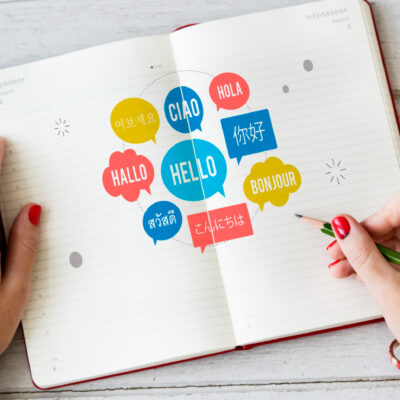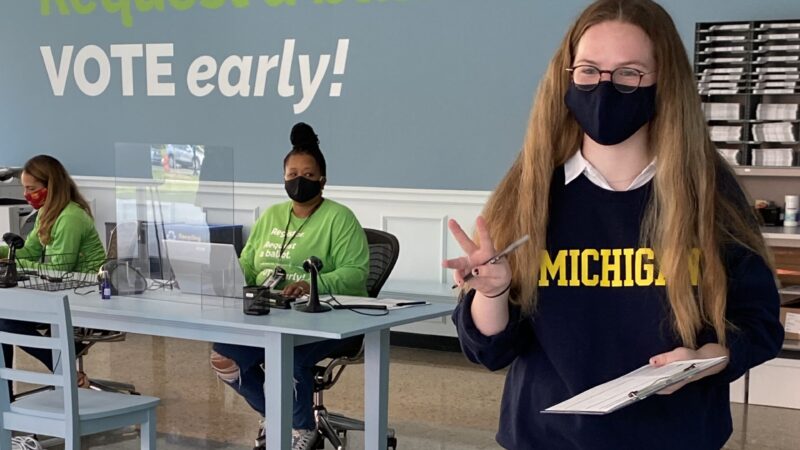Planning language access workbook
Resources to help you serve voters in their preferred language.

What you’ll need
- The Planning Language Access workbook
- The Language Access Plan template
- The people in your office who are committed to developing a Language Access Plan
- Time! This is not a 1-hour conversation that you move on from. Building a lasting and effective Language Access Plan takes dedicated time carved into your workweek.
Getting started
The Planning Language Access Workbook is a collection of resources broken down into 4 sections:
- Basic resources
- Planning for outreach and connecting with communities
- Creating a Language Access Plan
- Putting it all together
This workbook will help you get started, but developing a robust Language Access Plan takes time. Treat your plan as a living document. As you learn more about your voters and what works for your office, you can always add to it, make changes, and delete things that don’t work.
Consider bringing the same group of people who developed the initial plan together again on a semi-regular basis to revise it. Early on, the group might meet more often (bi-monthly, or quarterly). After your plan is up and running, those meetings can happen less frequently (annually, or after each election).
Using the toolUsing the tool
1. Basic resources
This section focuses on the background research needed to implement a Language Access Plan. Regardless of whether you are a member of the community you are creating plans for or not, there are important resources for you to consider on how to communicate with communities as an elections administrator.
Reading these resources, you can expect to learn about:
- New citizens
- Monolingual and multilingual design practices
- Translation services
Looking for even more resources? Separately, the Center for Civic Design provides a few additional “Quick guide” resources on their website covering:
Planning outreach and connecting with communities2. Planning for outreach and connecting with communities
This section walks you through how to build a Language Access Plan. It starts with a series of simple questions, then suggests smaller projects that your office can do that all lead up to a comprehensive plan.
It also has multiple resources to help you communicate with the communities that you are focusing on. There are communication plans and example messaging. There are also tips on how to build sustainable relationships with community members.
Creating a Language Access Plan3. Creating a Language Access Plan
It’s important to start building a plan from wherever you are. Even skimming the resources in this workbook will give you some ideas about quick things you might incorporate in your voter education programs. This is especially helpful if you don’t have the time or resources to build something over a longer period of time.
Your state’s election commission or department or your state association of election administrators might have helpful resources, too. (Your state’s court system is also likely to have plans, tools, and resources that you can learn from and emulate.)
This section is broken down into 4 parts:
- Demystifying the process
- Helping people feel seen and respected
- Making information available across channels and media
- Finding trusted intermediaries (like cultural and heritage community organizations)
4. Putting it all together
Once you have done the research and planning, it’s time to work on implementation. This section is broken down into 2 parts:
- Getting trained: take sensitivity training and train your poll workers, too
- Forming a language access committee
A successful Language Access Plan model we have seen is in California, where the Secretary of State’s office has formed a language access committee, and each county is encouraged to, as well. Go to the California Language Access Advisory Committee toolkit to read their plan.


